Faramarz Pilaram and the Sacred Rotation in the Raha Gallery Collection
This painting by the late master Faramarz Pilaram is a rare example of the fusion of script, color, rhythm, texture, and ritual in modern Iranian art. It demonstrates how Pilaram transformed the language of calligraphy into a painterly one—a language neither textual nor purely abstract, but one that preserves Iran’s cultural memory within the framework of modernism.

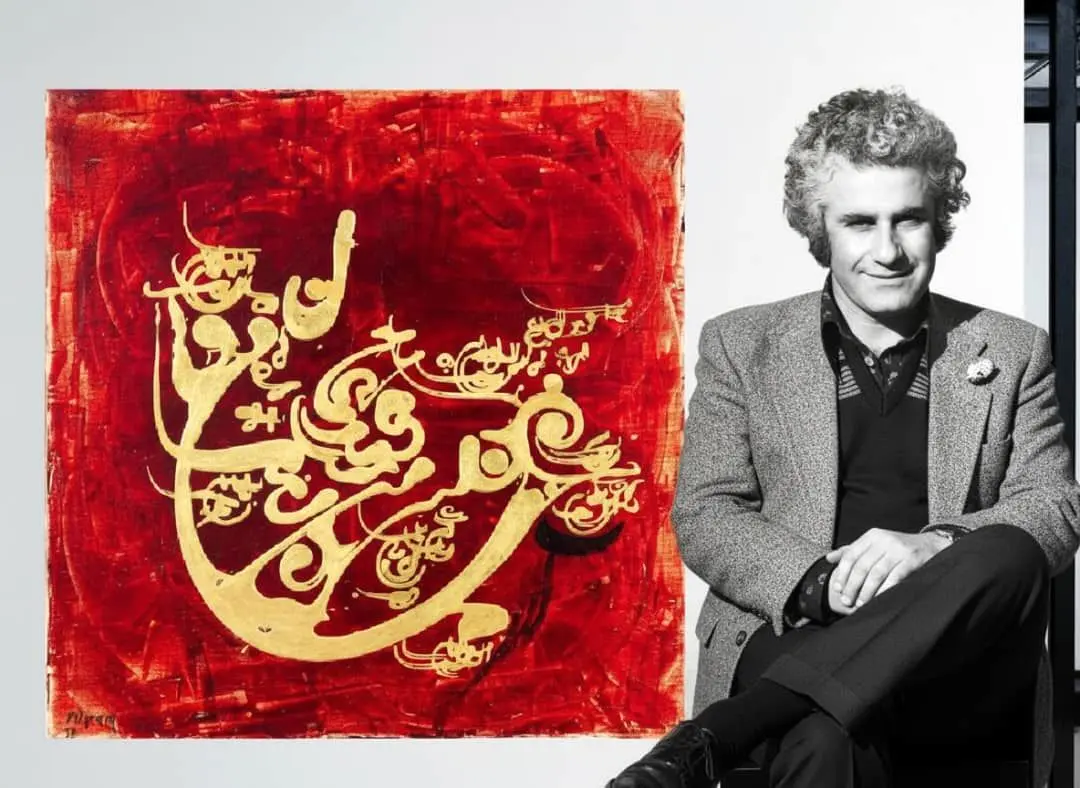
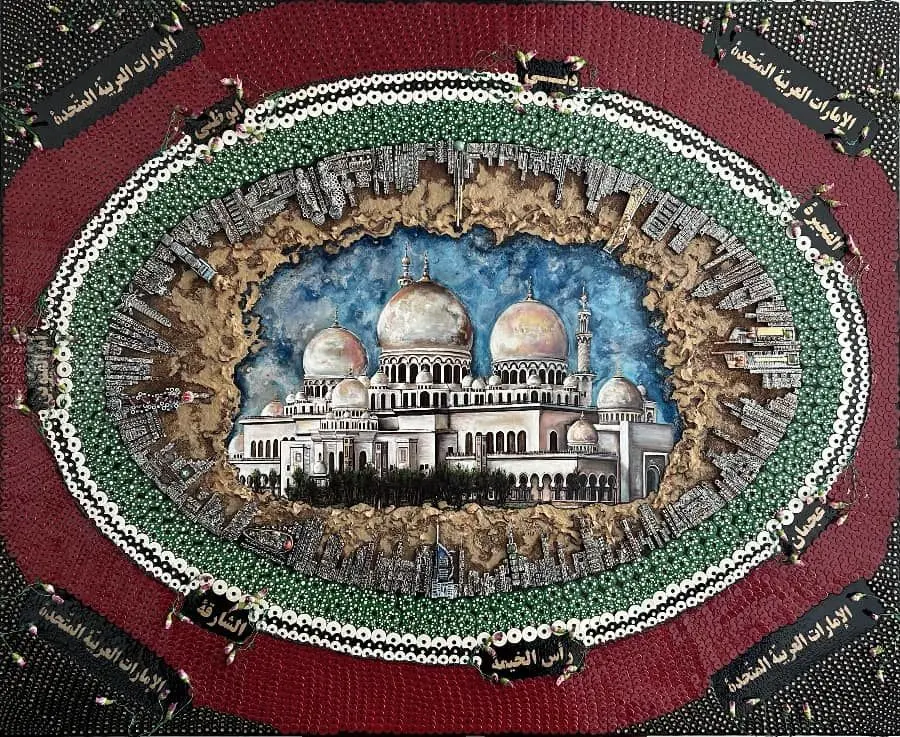
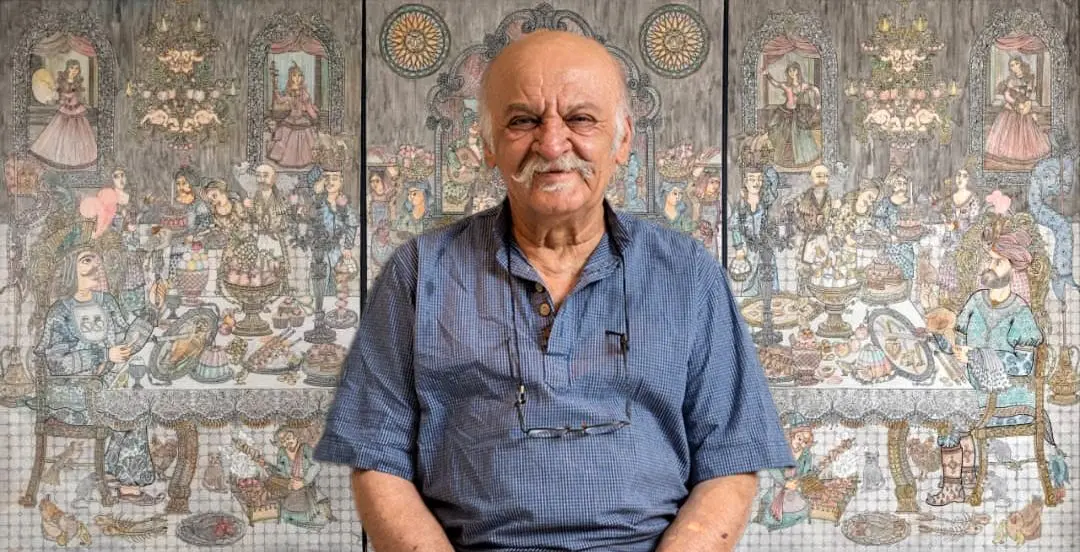
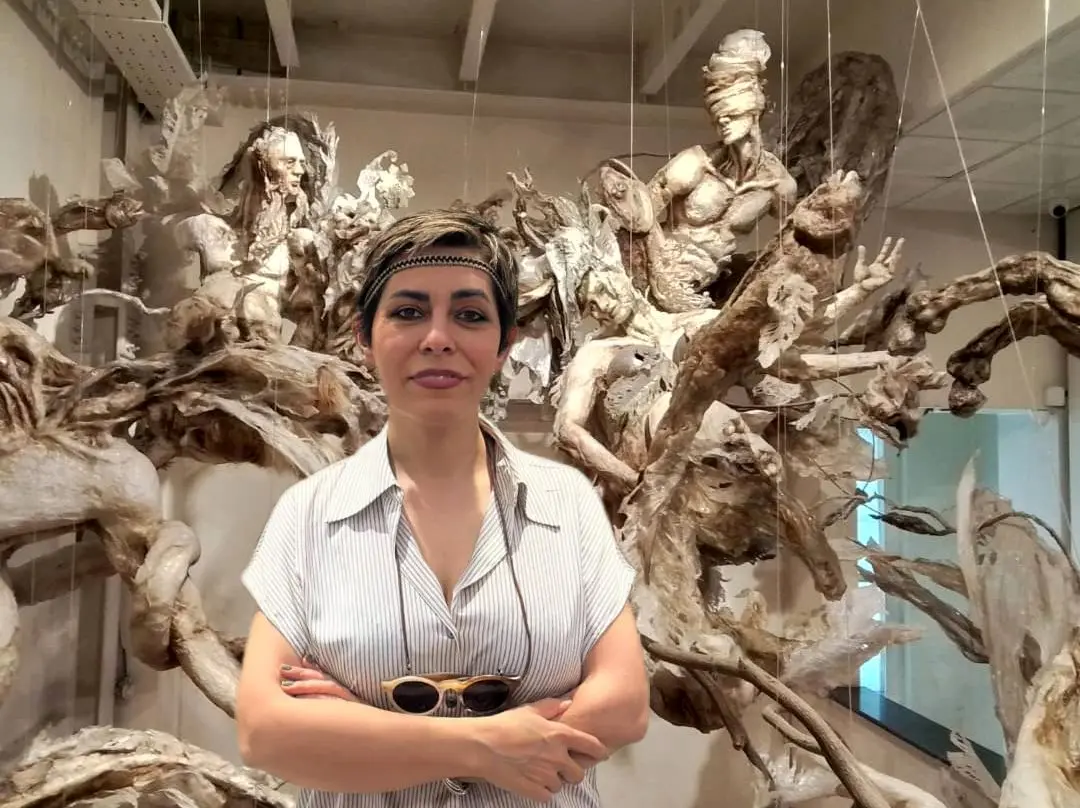
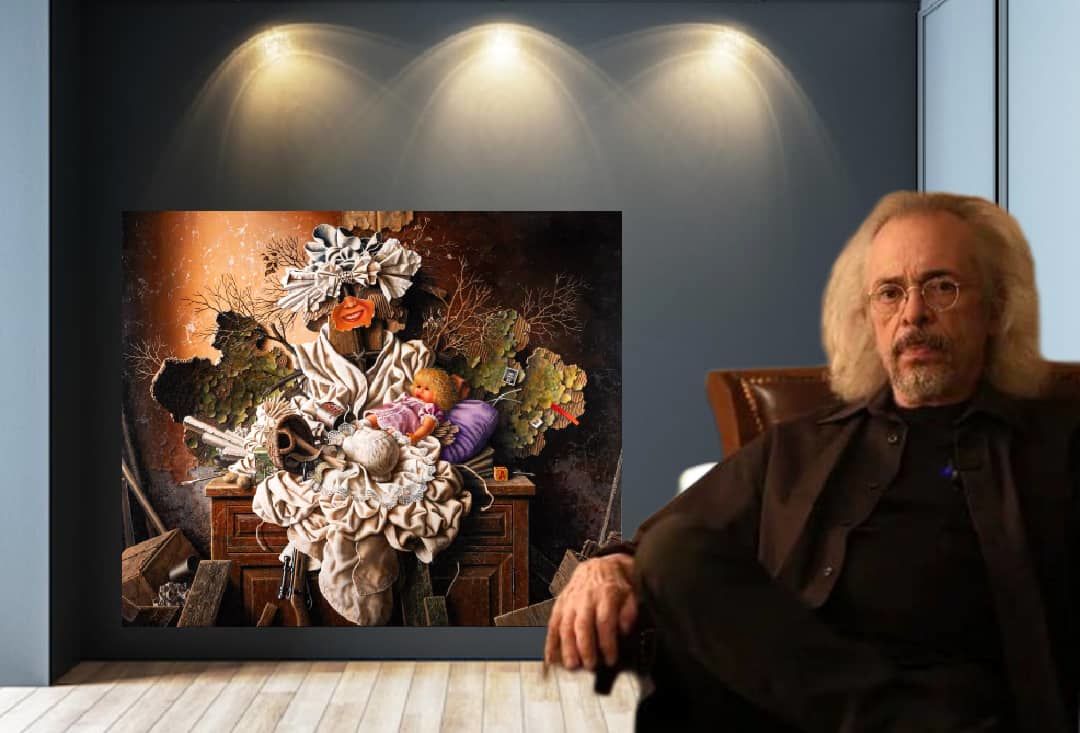
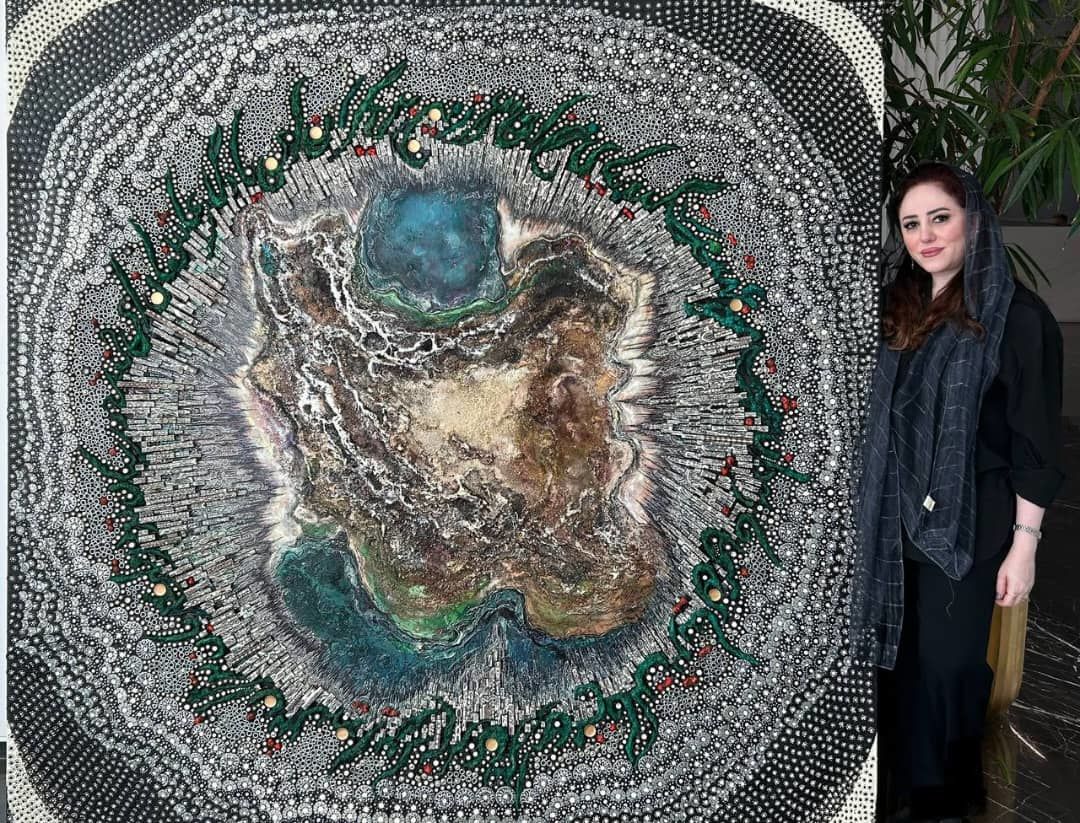
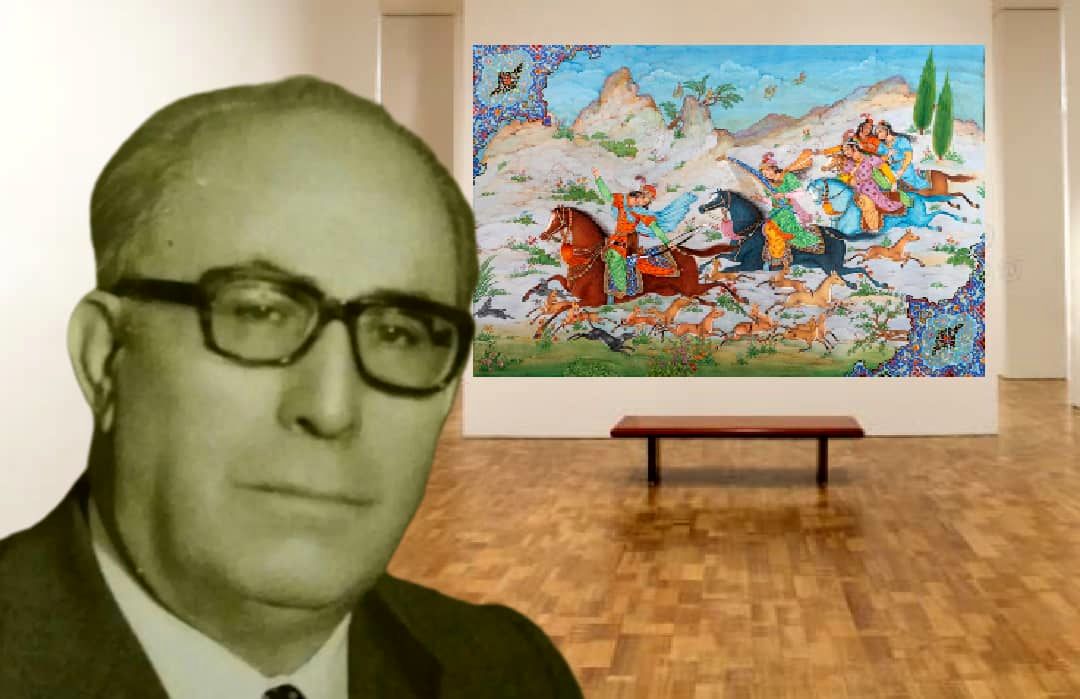
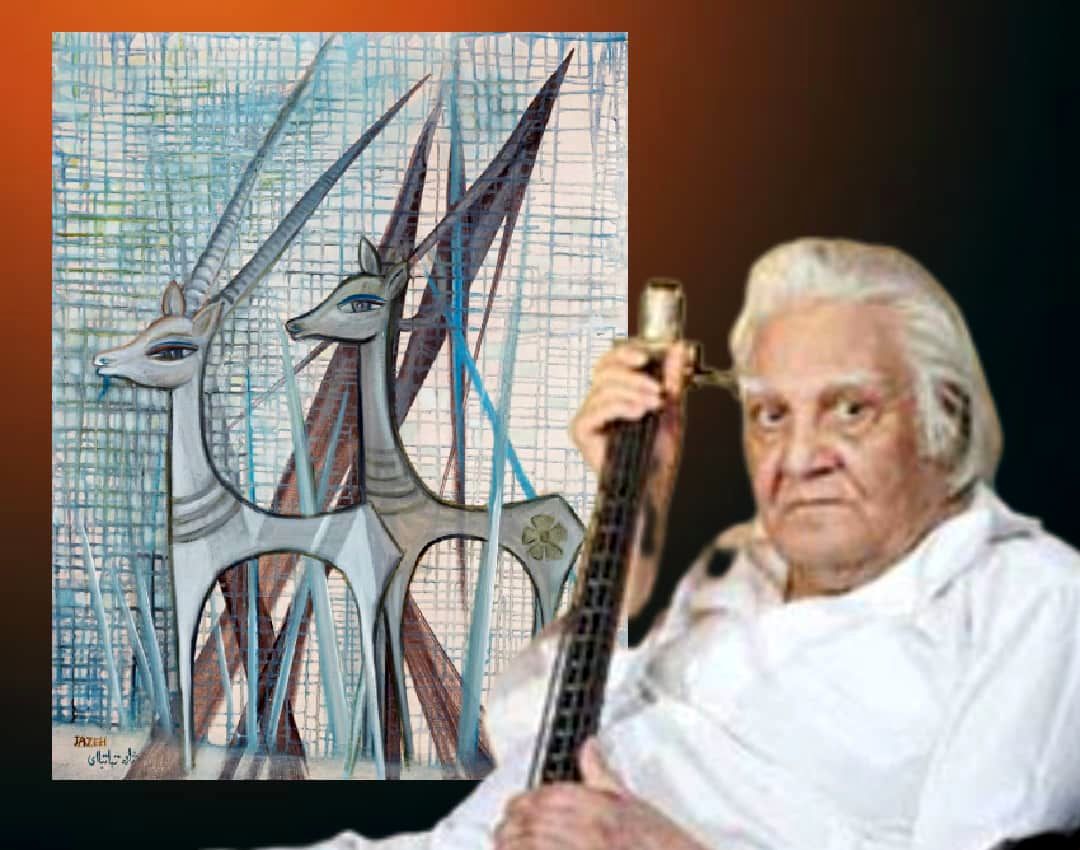
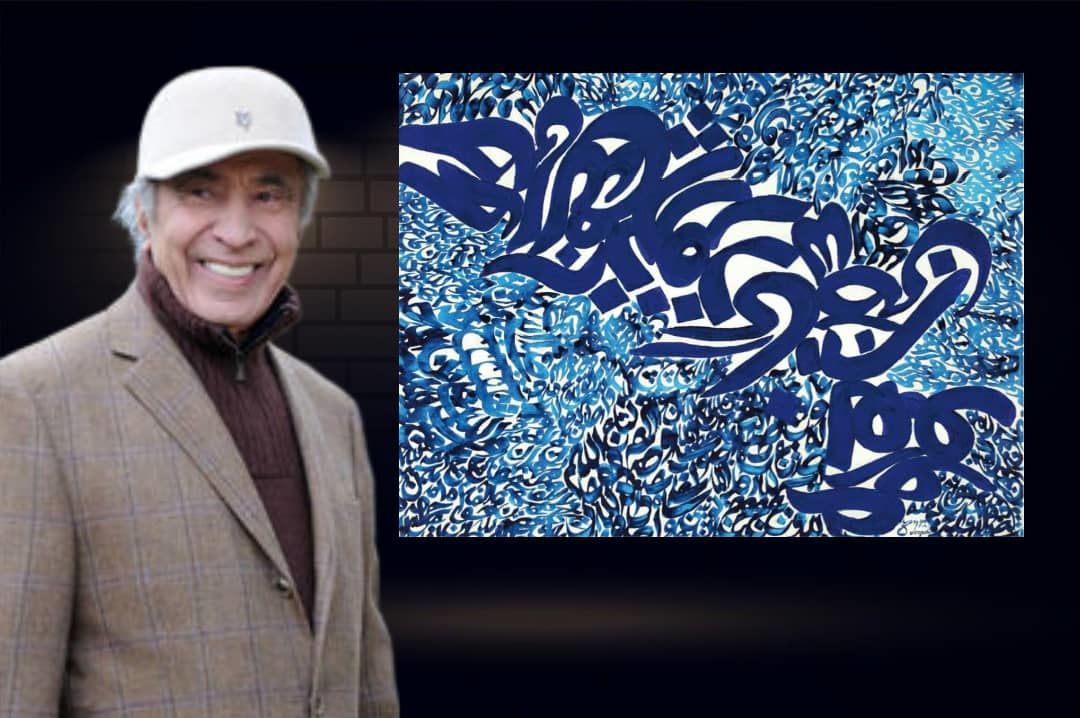
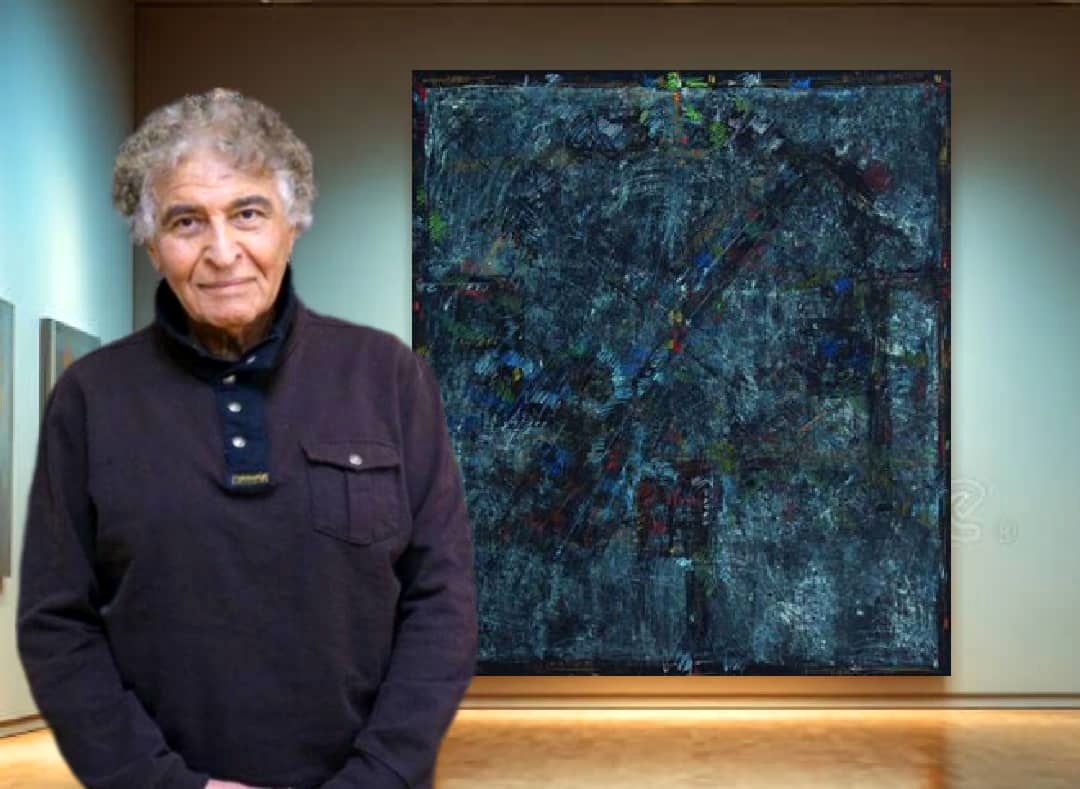
RECENT NEWS